
Saturn

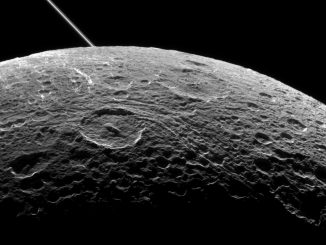
Saturn’s moon Dione harbours a subsurface ocean
A subsurface ocean lies deep within Saturn’s moon Dione, according to new data from the Cassini mission. Two other moons of Saturn, Titan and Enceladus, are already known to hide global oceans beneath their icy crusts. Researchers believe that Dione’s crust floats on an ocean several tens of kilometres deep located 100 kilometres below the surface.
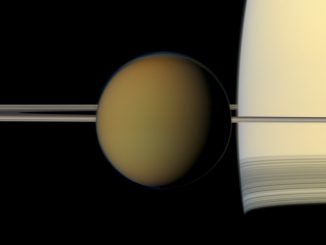
‘Impossible’ cloud found on Saturn’s moon Titan — again
The puzzling appearance of an ice cloud seemingly out of thin air in the stratosphere of Titan has prompted NASA scientists to suggest that a different process than previously thought — possibly similar to one seen over Earth’s poles — could be forming clouds in the giant Saturnian moon’s hazy, brownish-orange atmosphere.
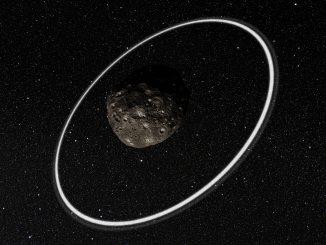
Origin of minor planets’ rings revealed
Chariklo is the largest confirmed centaur, a minor planet orbiting the Sun between Saturn and Uranus. In 2014, two rings were discovered around Chariklo. Soon after, scientists discovered that rings likely exist around another centaur, Chiron, but the origin of these rings remained a mystery — until now.
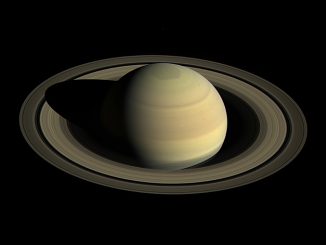
Countdown begins for Cassini’s final plunge into Saturn
After more than 12 years studying Saturn, its rings and moons, NASA’s Cassini spacecraft has entered the final year of its epic voyage. The Grand Finale will come on 15 September 2017 as Cassini dives into Saturn’s cloud tops, where friction with the atmosphere will cause the spacecraft to burn up like a meteor.

Barely bisected rings
Saturn’s shadow stretched beyond the edge of its rings for many years after the NASA/ESA/ASI Cassini spacecraft first arrived at Saturn, casting an ever-lengthening shadow that reached its maximum extent at the planet’s 2009 equinox. This image captured the moment in 2015 when the shrinking shadow just barely reached across the entire main ring system.

See the Moon meet Saturn and Mars in the evening sky
A hundred days have passed since Mars was closest to Earth this year, but the Red Planet can still be seen in the early evening sky close to the jewel of the solar system, Saturn. If you wish to identify this pair of planets, then a convenient celestial marker in the form of the waxing crescent Moon passes by on the evenings of 8—9 September in the UK and Western Europe.

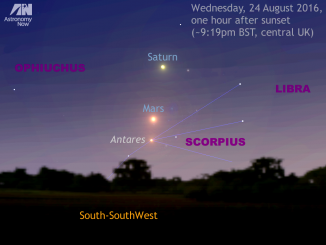
See the triple lineup of Antares, Mars and Saturn tonight
Observers in the British Isles with a clear sky one hour after sunset on 24 August should find a location that offers an unobstructed view of the south-southwest horizon. Here you will see first-magnitude star Antares in the constellation Scorpius, Mars and Saturn all in a line easily encompassed by low-power binoculars in the bright twilight.

